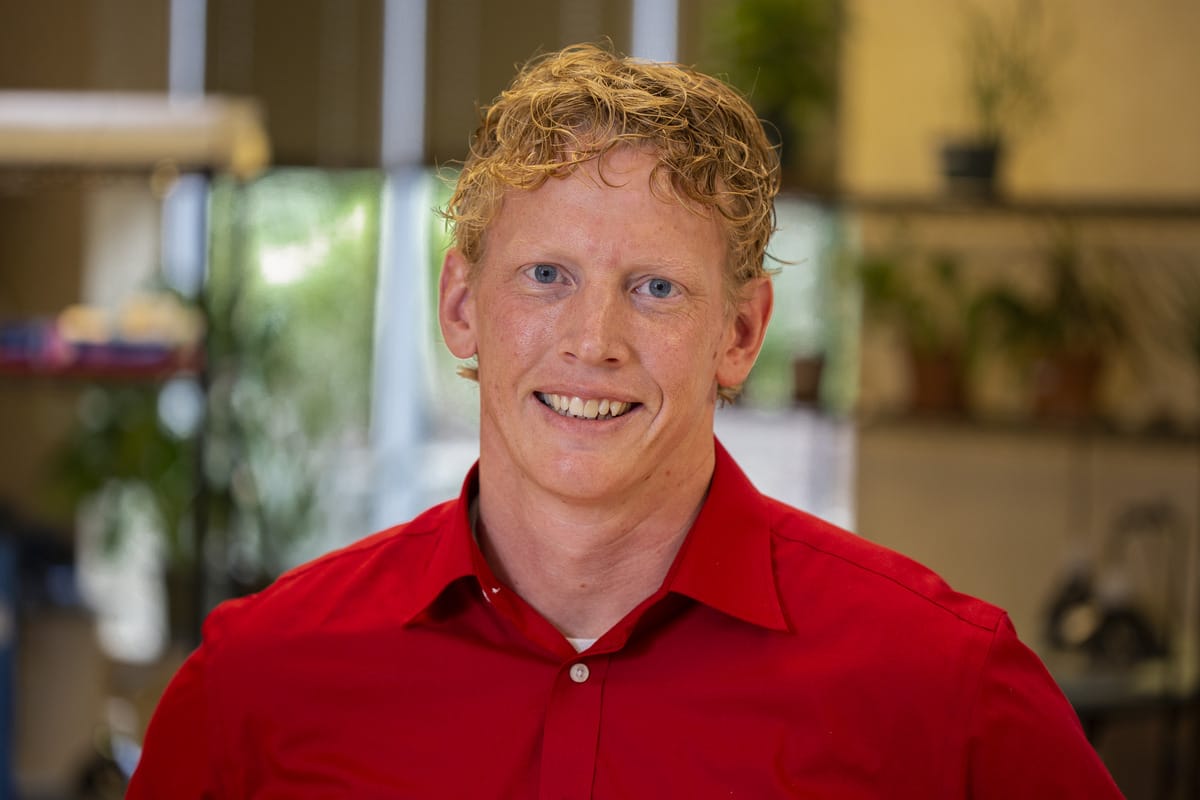Important Note: First, check out Games, Games, Games — three ingenious games to liven up your classroom with deep, rich learning. Then, read about how to address Play Deficit Disorder in your classroom.
You’re tired. It’s been a long week, and it’s only Wednesday. Your students are tired, too. They’re slow to engage and quick to complain. Everyone is listless, lifeless, lethargic. It was a problem before the pandemic, but it’s even worse now. All of the changes — the traumas both large and small — have taken their toll.
What’s the solution? Well, there’s no silver bullet in education. But when it come to energizing yourself and energizing your class, one simple word can go a long way toward turning things around: Play.
Play Deficit Disorder
We learn through play. From the day that we’re born, human beings begin to experiment and explore. Often, it looks like goofing around. Often, it IS goofing around. But educationally, the experience is incredibly rich.
When we play, we’re more curious and receptive to learning. We’re more engaged, and the learning lasts longer. We learn to think flexibly, to act creatively. We get engrossed in what we do; our passion promotes perseverance. When we teach students through play — or when we, as teachers, engage in play ourselves — our classrooms come alive. We smile together; and laugh together. We actually enjoy coming to school. Everyone gets physically, mentally, and emotionally healthier.
So why don’t we do it more often? What’s with all the boring worksheets and the drab science labs? Why are our students suffering from Play Deficit Disorder?
Two Solutions
Some might say that it’s all about standards. If we play, they say, the students might miss out on commas in a series or on reducing fractions.
But there are ways to play in every content area. In my professional development sessions with teachers, we learn how to create learning experiences that cultivate curiosity and creativity, and which incorporate play — no matter the content area. It looks a little different for every teacher, but in my experience EVERY teacher, in EVERY school, is capable of building a classroom full of exploration and play. And when they do, students learn about commas and fraction reduction in a way that actually sticks.
So that’s one solution: training. Engaging PD that models the practices it hopes to promote — PD that’s practical and that allows teachers to apply the lessons to their classrooms.
Another solution is curricular. It’s easier for a big, for-profit curriculum company to churn out workbooks than to create play-based learning experiences. Those workbooks just fit better into boxes — they make the logistics company happier, they’ve got better profit margins, and they make shareholders a little richer.
But despite how it might sometimes appear, school isn’t about satisfying the needs of the shareholders of curriculum companies. It’s about actually helping students. That’s why I’m proud to work for a little nonprofit that promotes the kind of learning that makes classrooms come alive. I love that we can give things away for free because we want to make an impact, not a profit. And I absolutely love our resources, from our Blue Apple projects to our newest free resource, Games, Games, Games, which provides three unique little games that get students learning through play.
With the right support, teachers can move mountains. With transformative training and supportive resources, we can make it easier for classrooms to address Play Deficit Disorder — to create learning experiences that are memorable, meaningful, and fun for students and teachers alike.

